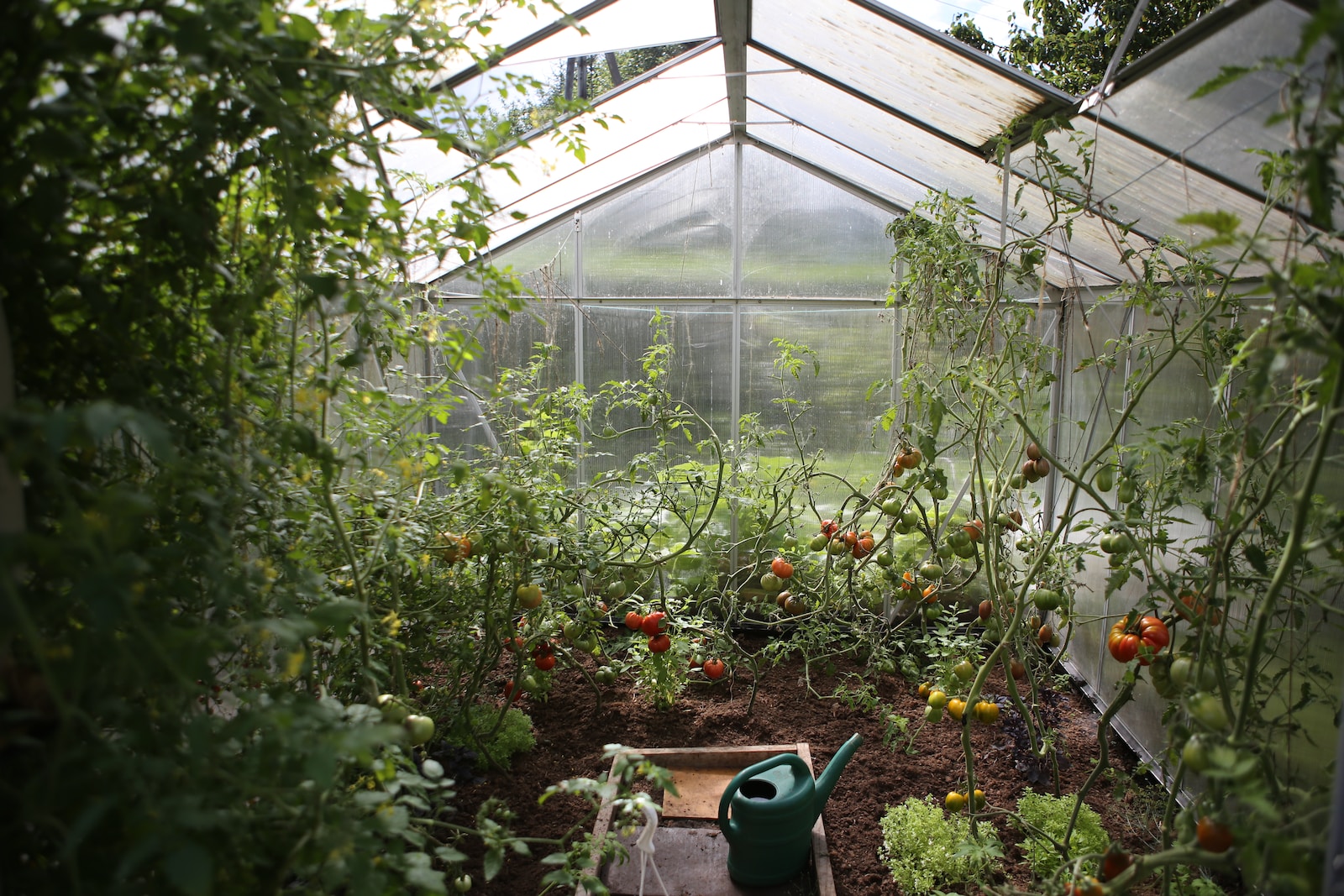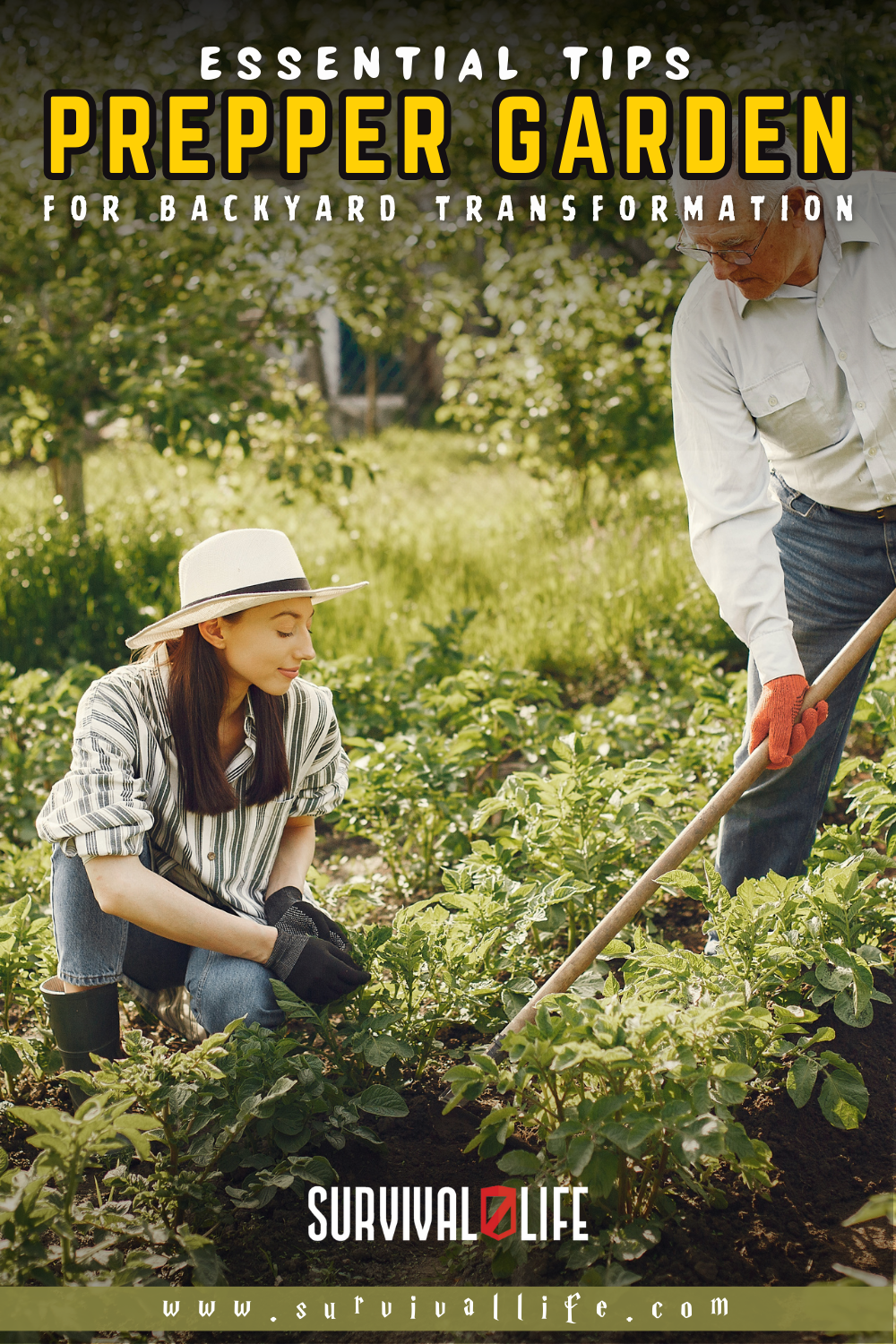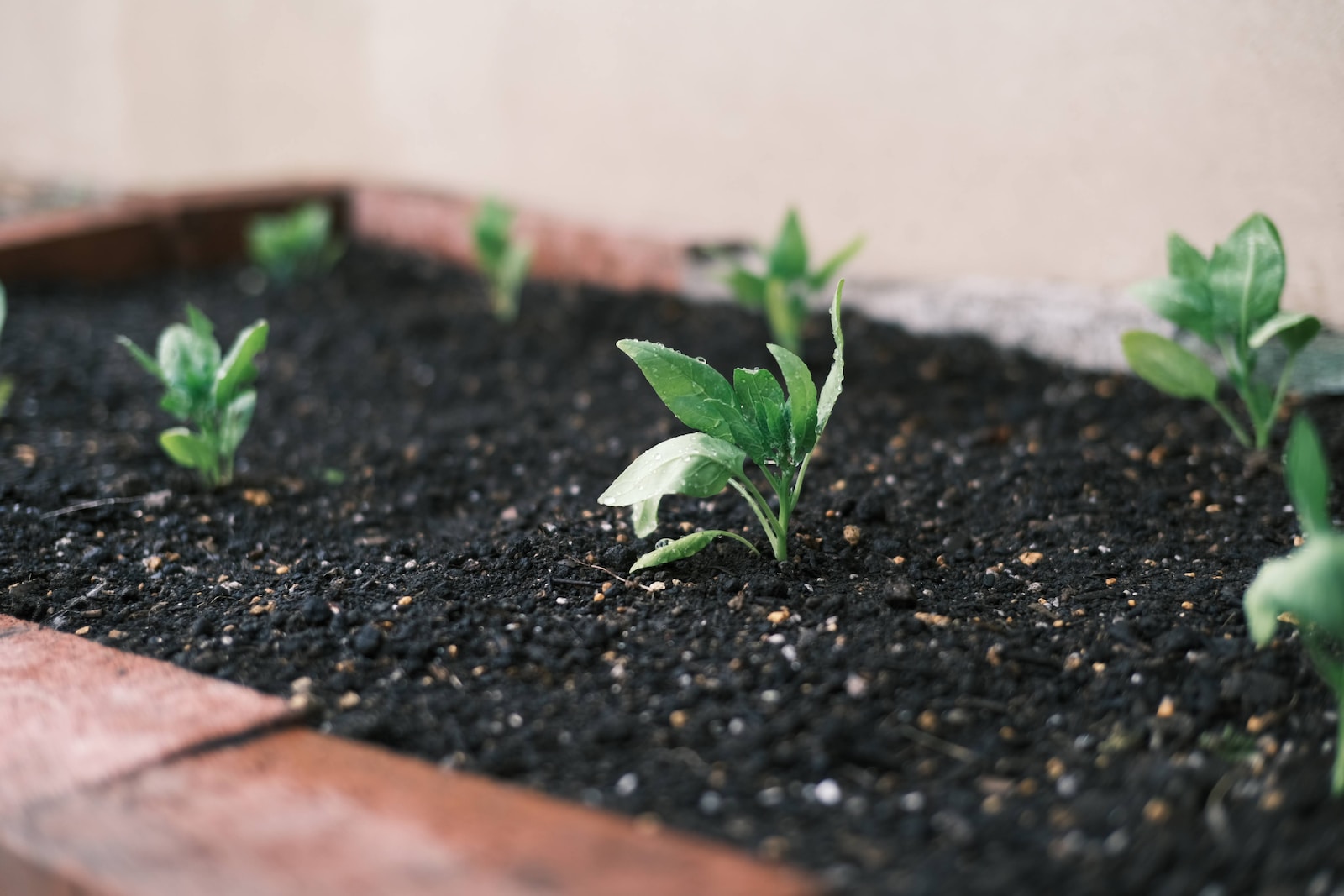Prepper Supplies
Prepper Garden: 7 Essential Tips for Backyard Transformation

A prepper garden is vital for sustainable food production, particularly in challenging times. You can enhance self-sufficiency and reduce reliance on external sources by cultivating your own fruits, vegetables, and herbs.
This article provides 7 essential tips to help you create a thriving prepper garden in your backyard.
Important Advice for Prepper Gardens
Here we explain the vital tips for a backyard transformation
Plan and Design Your Garden Layout
When you embark on your prepper garden journey, starting with a well-planned and carefully designed garden layout is essential. This initial step sets the foundation for a successful garden transformation. Here’s a detailed explanation of how to plan and design your garden layout
Assess Your Backyard
Begin by evaluating the available space in your backyard. Consider factors such as the area’s size, shape, and topography. Take note of existing features like trees, structures, or utilities that may impact your garden layout.
Sunlight Exposure
Determine the amount of sunlight your backyard receives throughout the day. Observe which areas receive full sun, partial shade, or are mostly shaded. This information will help you decide where to place sun-loving plants versus those that prefer shade.
Soil Quality
Assess the quality of your soil. Is it sandy, clayey, or loamy? Conduct a soil test to determine its pH level and nutrient content. It will help you identify deficiencies and make necessary amendments to improve soil fertility.
Drainage
Evaluate how well your backyard drains after rainfall. Take note of any areas prone to pooling or excessive water retention. Avoid planting in these low-lying or poorly drained spots to prevent waterlogged soil, which can harm your plants.
Sketch a Garden Plan
Sketch a rough garden plan on paper or use garden design software with this information. Start by marking the boundaries of your backyard and any existing structures. Then, divide the space into sections or beds where you’ll plant different crops.
Consider Plant Spacing
Research the spacing requirements for each type of plant you intend to grow. Consider their mature size and how much space they’ll need to thrive. Leave adequate room between plants to ensure proper air circulation and prevent overcrowding.
Group Plants Strategically
Group plants with similar water and sunlight needs together. It makes it easier to provide targeted care and create microclimates within your garden. For example, place water-intensive plants closer to a water source for convenient irrigation.
Create Pathways
Designate pathways or walkways between garden beds for easy access and maintenance. Use gravel, mulch, or stepping stones to define and enhance these paths.
Plan for Vertical Gardening
If you have limited horizontal space, incorporate vertical gardening techniques. Install trellises, arbors, or vertical planters to maximize growing space and add visual interest to your garden.
Select Suitable Crops
When choosing crops for your prepper garden, it is vital to consider their suitability for your local climate and growing conditions. Opt for a diverse range of fruits, vegetables, and herbs that are well-adapted to your region and rich in nutrients.
This variety will provide you with a wide array of flavors and textures. Popular options for a prepper garden include tomatoes, peppers, lettuce, carrots, beans, strawberries, and culinary herbs like basil and rosemary.
Prepare the Soil
Building a solid foundation for your prepper garden begins with preparing the soil. Start by testing your soil to determine its pH level and nutrient content. This information will guide you in making appropriate amendments.
Enhance the fertility and structure of your soil by incorporating organic matter such as compost or well-rotted manure. These additions will create an optimal environment for your plants to thrive and flourish.
Here’s a detailed explanation of how to prepare the soil:
Clear the Area
Begin by removing any existing vegetation, weeds, rocks, or debris from the area where you plan to establish your garden. It ensures a clean slate for your plants to thrive.
Test the Soil
Conduct a soil test to assess its pH level and nutrient content. Soil testing kits are available at garden centers or through local agricultural extension offices. Follow the instructions provided with the equipment to obtain accurate results.
Adjust the pH Level
Based on the soil test results, determine if the pH level needs adjustment. Most plants prefer a slightly acidic to neutral pH range (around 6.0 to 7.0). If the soil is too acidic (low pH), you can raise it by incorporating lime. Conversely, if it’s too alkaline (high pH), you can lower it using elemental sulfur or other soil amendments recommended for your specific pH needs.
Improve Soil Structure
Enhance the soil structure by adding organic matter, such as compost, well-rotted manure, or leaf mold. Organic matter improves soil fertility, water retention, and drainage. Spread a layer of organic matter over the soil surface and work it into the top few inches using a garden fork or tiller.
Address Nutrient Deficiencies
If the soil test reveals nutrient deficiencies, you can address them by incorporating organic or synthetic fertilizers. Choose a balanced fertilizer or one specifically formulated for the nutrients your soil lacks. Follow the manufacturer’s instructions for application rates and methods.
Consider Soil Amendments
Depending on the specific needs of your soil, you may benefit from incorporating additional soil amendments. For example, adding sand or perlite can improve drainage if your soil is heavy clay.
If it’s sandy, incorporating organic matter can increase water retention. Research and choose amendments that suit your soil type and the requirements of the plants you intend to grow.
Implement Companion Planting
Companion planting is a technique that involves growing different plants close to maximize their benefits. Some plants naturally repel pests, while others attract beneficial insects. By strategically pairing companion plants, you can create a symbiotic relationship that promotes overall garden health.
For example, planting marigolds alongside tomatoes can help deter pests like aphids and nematodes. Research various companion planting techniques and experiment with suitable combinations to optimize your garden’s success.
Practice Crop Rotation
Crop rotation is crucial in your survivalist garden to preserve soil health and reduce the risk of pests and illnesses. Avoid planting the same crop in the same location year after year. Crop rotation annually aids in preventing the buildup of problems and diseases in the soil.
Additionally, it balances nutrient uptake and reduces the need for excessive fertilizers. Develop a crop rotation plan considering each crop’s specific requirements and growth patterns in your garden.
Water Efficiently
Water is a precious resource, so it is crucial to use it efficiently in your prepper garden . Implement water-saving techniques to ensure optimal usage. Consider installing a drip irrigation system or using soaker hoses to deliver water directly to the plant roots.
Mulching around your plants helps retain moisture and suppresses weed growth. Monitor soil moisture levels regularly and water your plants only when necessary to avoid overwatering.
Practice Organic Pest Control
Maintaining a pest-free garden is essential for the success of your prepper garden. Instead of relying on chemical pesticides, opt for organic pest control methods. Encourage the presence of natural predators like ladybugs and praying mantises, which feed on garden pests.
Use organic insecticides, such as neem oil or insecticidal soaps, when necessary. Regularly inspect your plants for signs of problems and take appropriate action to protect your crops.
In conclusion, creating a prepper garden in your backyard provides numerous benefits, including a sustainable and self-sufficient food source. Following these 7 essential tips, you can transform your backyard into a flourishing oasis of fresh fruits, vegetables, and herbs.
Embrace the joy of gardening while simultaneously preparing for the future. Start your prepper garden today and reap the bountiful rewards it brings.
Remember, a prepper garden requires dedication and ongoing care. Regularly monitor your plants, promptly address any issues, and adapt your gardening practices. Your backyard can become abundant and resilient with time and effort. Happy gardening!
Share your thoughts with us in the comments section below!

Up Next:
Follow us on Facebook, Instagram, Twitter, and Pinterest!
Disclaimer: All content on this site is for informational purposes only. Please read our full disclaimer here.
-

 Do It Yourself7 months ago
Do It Yourself7 months agoParacord Projects | 36 Cool Paracord Ideas For Your Paracord Survival Projects
-

 Do It Yourself9 months ago
Do It Yourself9 months agoHow To Make Paracord Survival Bracelets | DIY Survival Prepping
-

 Do It Yourself9 months ago
Do It Yourself9 months ago21 Home Remedies For Toothache Pain Relief
-

 Do It Yourself10 months ago
Do It Yourself10 months agoSurvival DIY: How To Melt Aluminum Cans For Casting
-

 Exports8 months ago
Exports8 months agoAre Switchblades Legal? Knife Laws By State




